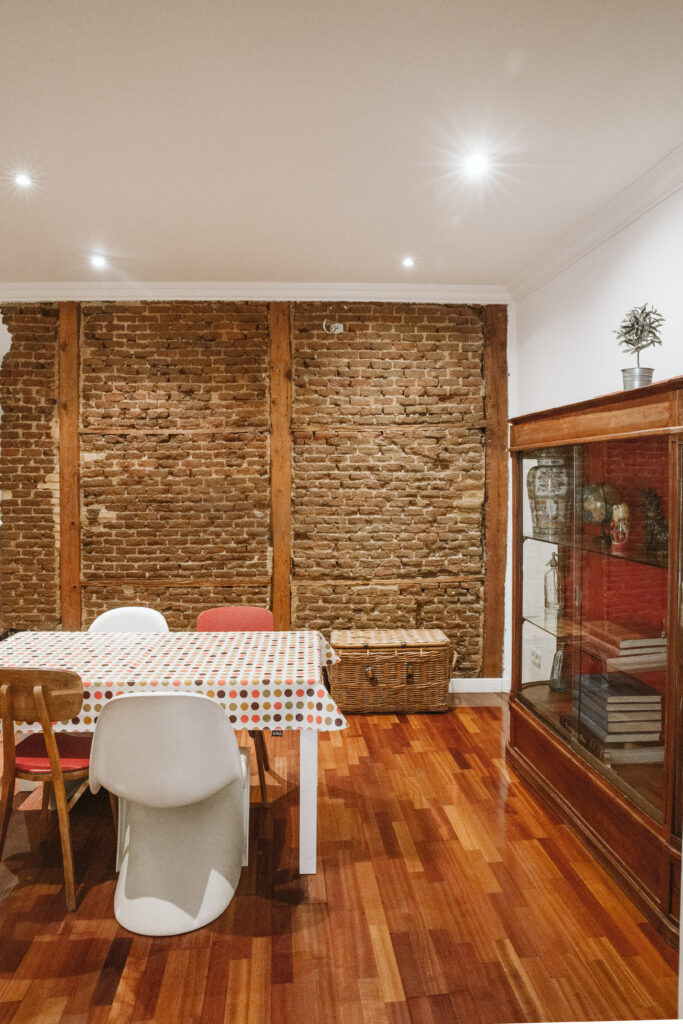Do you often wonder how you can do justice on a stunning space through photography? Capturing the essence of an interior design through photography not only showcases its unique features in the best light and mood, but it serves to inspire others. Whether you’re an aspiring interior designer or a homeowner looking to document your own design masterpiece, here are five must-have photos that will elevate your interior design gallery.
Start with the Overall Room Shot
The “big picture” overall room shot provides viewers with context. This wide-angle photo provides viewers with a complete view of the space, showcasing the room’s layout, furniture arrangement, and the overall design concept. It sets the tone and preserves the ambience. It gives viewers a glimpse into the room’s style and personality.
- Use a wide-angle lens to capture as much of the room as possible. Be mindful of the distortion that could occur at the edge of the image when using a wide-angle lens. Also, use a higher f-stop to ensure most of the elements in the room are in focus in an overall room shot.
- Ensure proper lighting to avoid harsh shadows and overexposure.
- Consider staging the room to highlight its best features and be mindful of creating a visually appealing composition.

Focus on the Details
A well-designed room often has one or a few features that steals the spotlight. It could be a stunning piece of artwork, an architectural element, or a captivating furniture arrangement. Capturing a close-up shot of this focal point allows viewers to appreciate the intricate details and craftsmanship that make the space truly special.
- Use different angles and perspectives to highlight the focal point effectively.
- Use shallow depth of field (lower f-stops) to blur the background and draw attention to the main subject (as opposed to the overall room shot above).
- Hone in on intricate textures, patterns, or materials that contribute to the visual appeal of the main subject.




Showcase Functional Space
Interior design is not just about aesthetics; it’s also about inventing functional and practical spaces that enhance the experience of everyday living. Photographing the functional aspects of a room helps viewers to embrace the experience of being in the space.
- Focus on capturing areas that showcase the room’s functionality.
- Consider photographing features that contribute to the room’s functionality.
- Be mindful of the room’s traffic flow and try to identify elements you can use to help lead the viewer’s eye to the main subject.




Texture and Material
My absolute favourite go-to photography tip is to incorporate texture and materials that are present in the scene. It helps to adds depth and richness to an otherwise bland and flat 2D image. Close-up shots of textural fabrics, and its patterns, or unique flooring materials to enable viewers to immerse in the tactile qualities as if they are in the room!
- Experiment with different lighting angles to bring out the detail of the textures
- Identify contrasting textures against the different materials.
- Zoom in on specific details, such as stitching, patterns, or finishes, to showcase the craftsmanship and quality of the materials used.




Use Natural Lighting
Lighting can make or break the ambiance of a room. Where possible I like to use natural lighting as it does a better job at preserving the mood of a space, even if it’s just a patch of light streaming through a window. Darker rooms that don’t receive as much natural lighting may need to be photographed in the brighter part of the day or with the aid of a strobe or artificial lighting. This may be a last resort step, but a poorly exposed photo is far worse than an artificially lit one!
- When possible, shoot during the golden hours (early morning or late afternoon) when natural light is soft and warm. I’m a bit obsessed with the golden hour, it’s so pretty!
- Sometimes the use of harsh lighting can produce lots of beautiful and contrasting light and shadows, which can help to add more depth to an image
- Use screens, curtains or shades to control the intensity of light entering the room, creating interesting patterns or diffused lighting effects. Different effects can give rise to different moods, feel free to experiment!
With time and lots of practice, you’ll be surprised that the application techniques wil become like second nature. Do you have a favourite tip? Keen to hear from you if you’ve got any other must-dos when showcasing the essence and unique qualities of any well-designed space.



